What Is a P35 – Payee Annual Return?
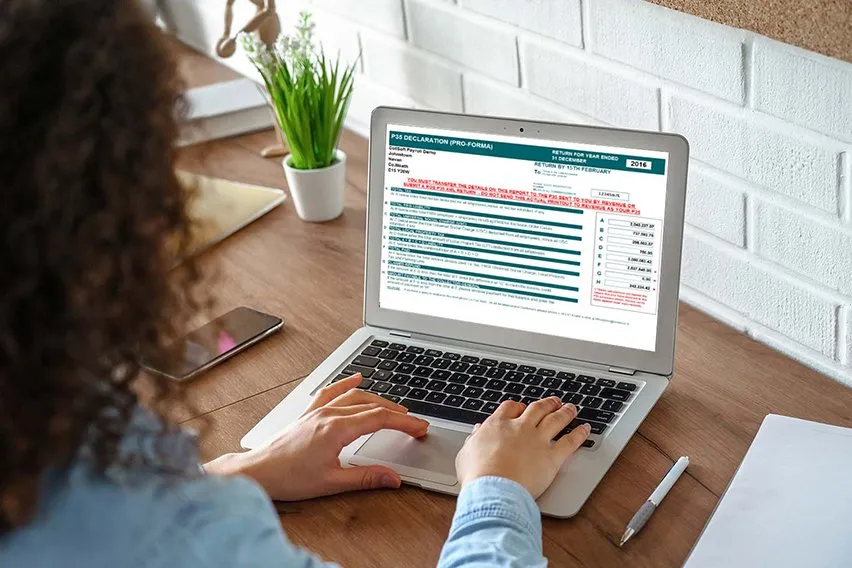
When it comes to running a business, there are more forms than we’d like to think about. As such, it’s important to stay on top of any news related to them. One of the forms that should be learned about is the P35. The P35 form is no longer used, but if you were in business in 2018 you should still know about it. Keep reading to find out more!
Here’s What We’ll Cover:
Who Was Included on the P35 Form?
What Was the P35 Form?
The P35 was a form that was submitted by all registered employers on an annual basis. It was sent after the tax year ended. The return provided details regarding all of the people you employed during the tax year. The details included pertained to the following categories and information.

Pay As You Earn (PAYE)
Most employees pay taxes through the PAYE scheme. Employers are required to deduct Income Tax, Pay Related Social Insurance, and Universal Social Charge. The amount deducted is paid to Revenue. PAYE ensures that the yearly amounts you must pay to Revenue are collected evenly over the course of the tax year.
Pay Related Social Insurance (PRSI)
This is the main source of funding for social welfare payments. The total amount paid by an employee over a pay period is called a PRSI contribution.
Universal Social Charge (USC)
This tax is placed on income, and is based on the income levy and the health levy. It has been in place since 2011. USC is paid when gross income is over €13,000 per year.
Local Property Tax (LPT)
This is a self-assessed tax charged on the market value of residential properties in the State.
How Was the P35 Filed?
Before it was discontinued, the P35 form needed to be filed on an annual basis by all employers. It was able to be done in one of two ways.
Revenue Online Service (ROS)
Using accounting software that is compatible with the Revenue Online Service (ROS) allowed the P35 to be filed electronically. Most employers opted for this, as it allowed for the easiest method of return. Revenue provided the ROS specifications to payroll software providers. This allowed them to make sure they could be compatible.
Paper Returns
Paper returns to Revenue were a much more difficult process to undergo. It was required that you have all of the proper documentation. The paper method was not available to all employers. Revenue preferred that employers use the online service to file e-returns.
If filing with a paper return, the following information was required.
- P35 Declaration: An annual summary of all amounts payable to Revenue. This included PAYE, PRSI, USC, and LPT. It had to be signed, dated, and be provided with a contact number.
- P35LF: A form that included details on all taxable benefits and pensions.
- P35L: A form that included details of employees with a Personal Public Service Number (PPSN).
- P35L/T: A form that included details for employees who had an unknown PPSN. It required a full name, private address, date of birth, and mother’s surname at birth.
These forms were required to be submitted, with payment, by 15 February on an annual basis.
Who Was Included on the P35 Form?
All of the following parties had to be included on the P35 form for various reasons.
- Employees: Anyone employed by you must be included.
- Directors: Company directors needed information to be submitted on the P35.
- Family Members: Any employed family members were to be included.
- Departing Employees: Any employee that ceased employment was required as well.
- Recurring Employees: If employees ceased and restarted employment in the same year, a single entry was submitted in the P35.

Why Was the P35 Abolished?
The P35 stopped being used in 2019. The P35 was abolished to make room for PAYE modernisation. Revenue now receives pay data submissions (PSRs) each pay period. This happens in real time, eliminating the need for an annual return form. Overall, the system works in a more efficient manner. It also eliminates the need for lengthy paperwork. It saves time for both Revenue and employers. Revenue is able to track the data throughout the year and requires no form to accumulate the totals.
Key Takeaways
The P35 form is no longer in use by Revenue. Instead, they have modernised the process by using real-time pay data submissions. Doing this saves time and effort for both Revenue and employers. If you need more financial information like this for your small business, be sure to review our resource hub! It’s full of useful information for when it comes tax time.
RELATED ARTICLES

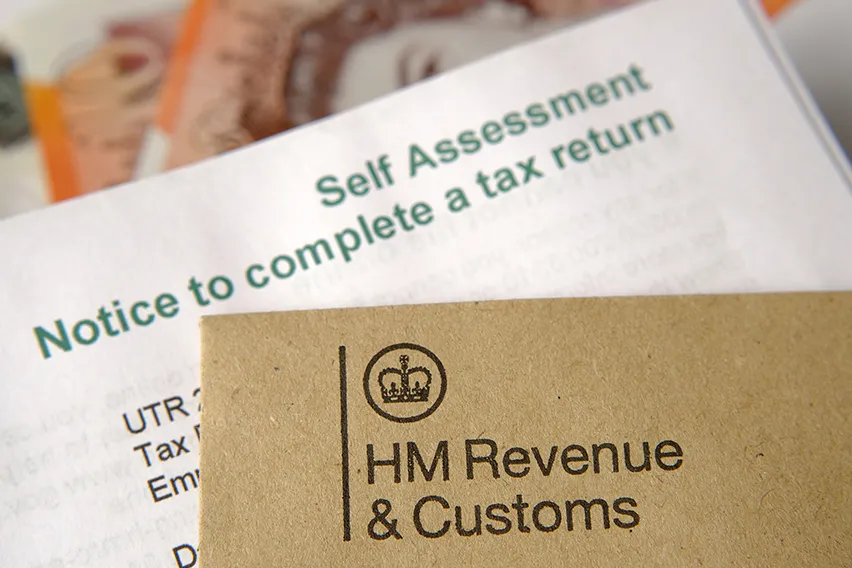 What Is HMRC Mileage Claim Tax Relief Policy? A Guide
What Is HMRC Mileage Claim Tax Relief Policy? A Guide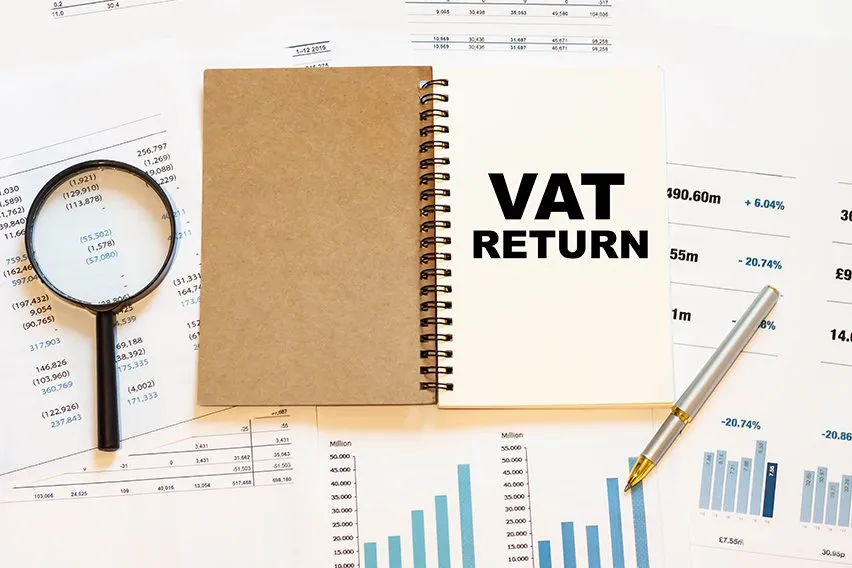 How to Claim VAT Refund: An EU Guide
How to Claim VAT Refund: An EU Guide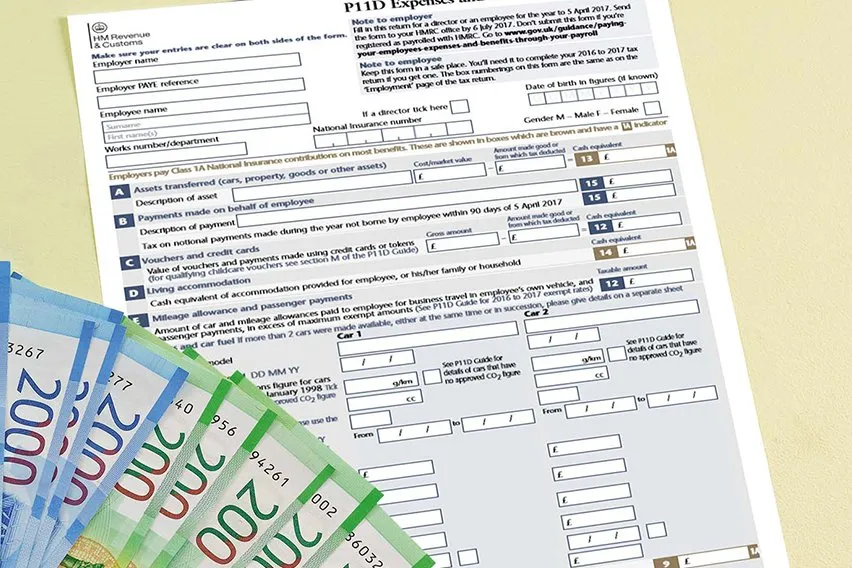 What Is a P11D Form? Expenses & Benefits for Employers
What Is a P11D Form? Expenses & Benefits for Employers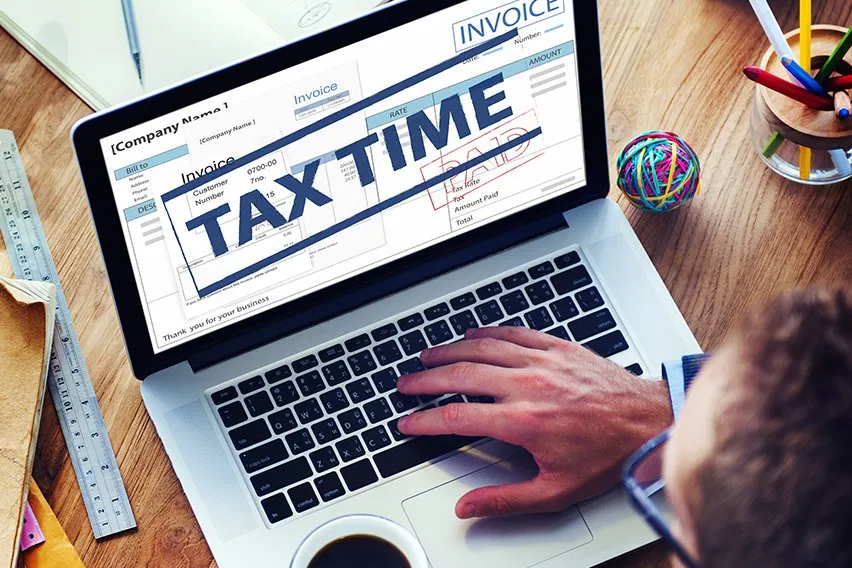 Best Tax Software For 2025
Best Tax Software For 2025 VAT vs Sales Tax: What’s the Difference?
VAT vs Sales Tax: What’s the Difference? UK Payroll Tax: What It Is & How Does It Work?
UK Payroll Tax: What It Is & How Does It Work?